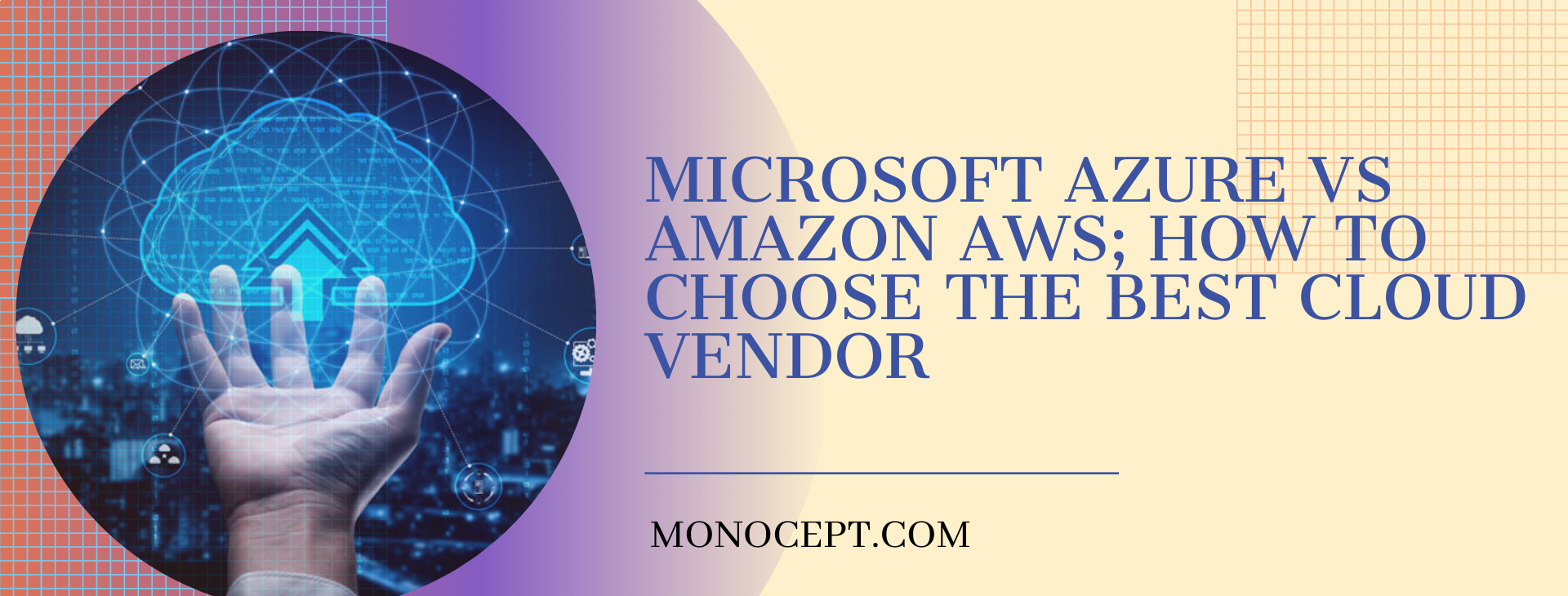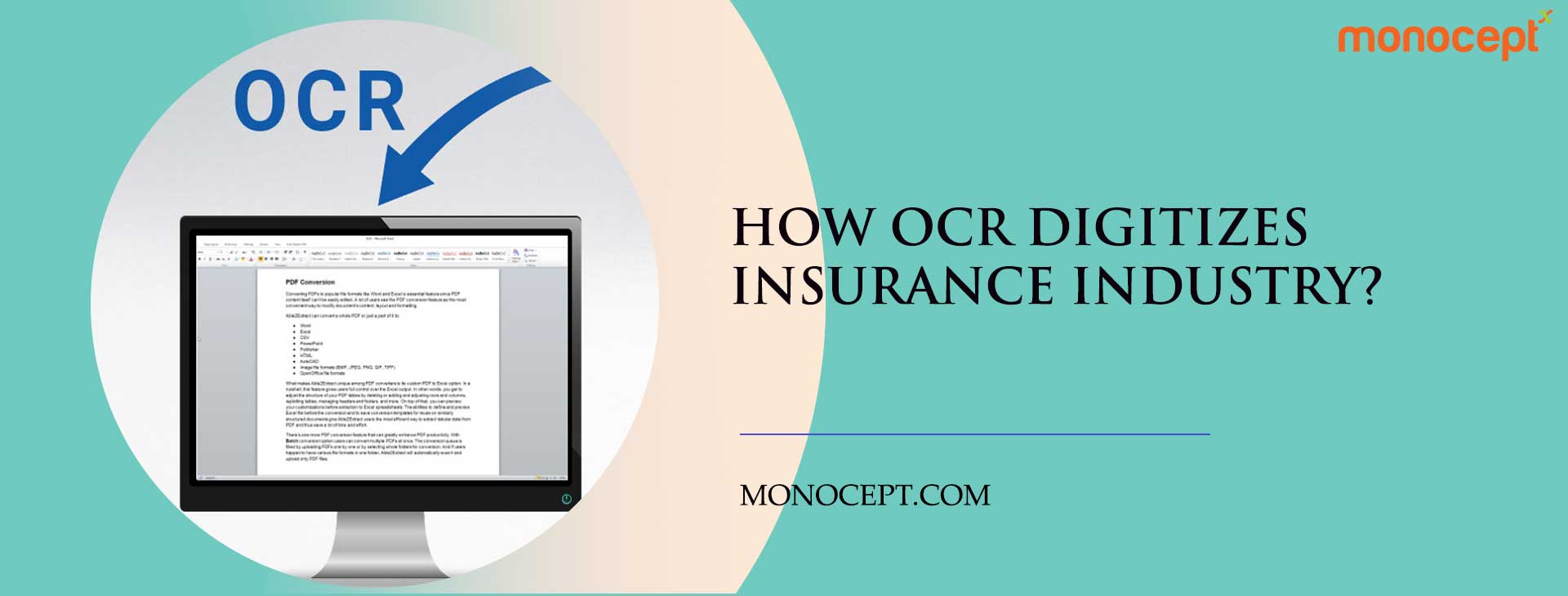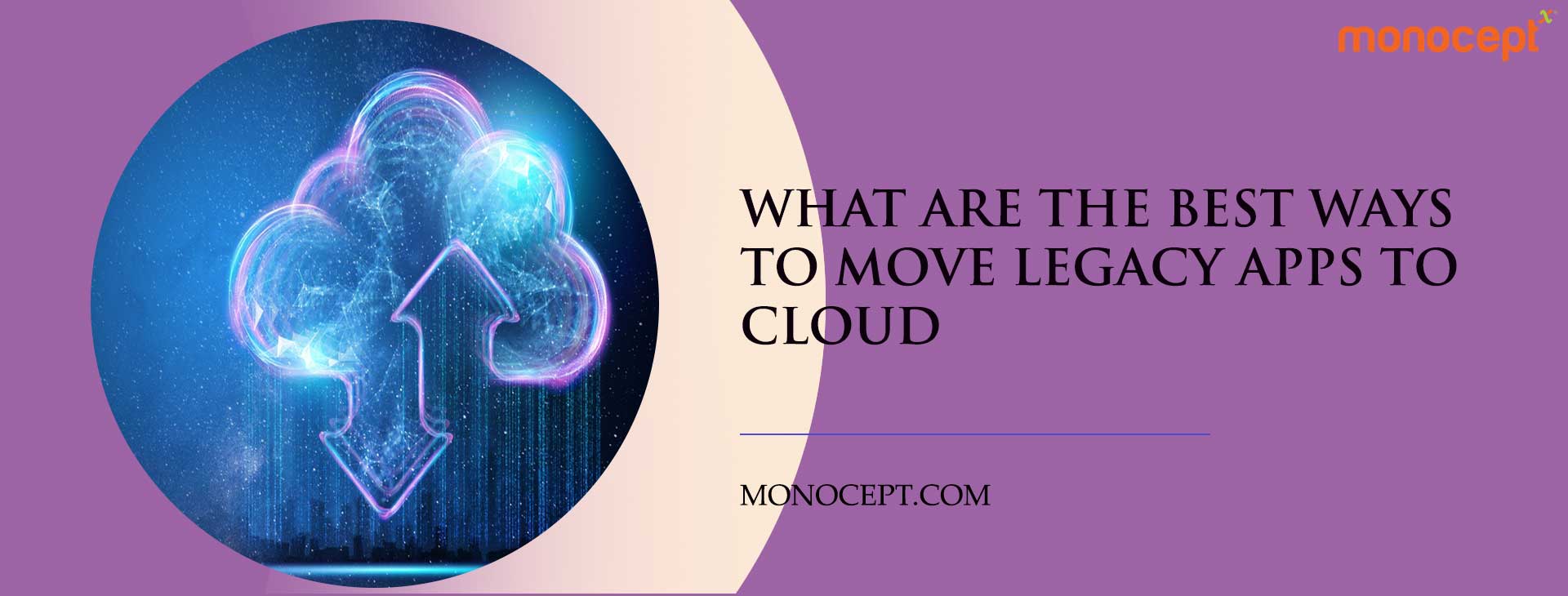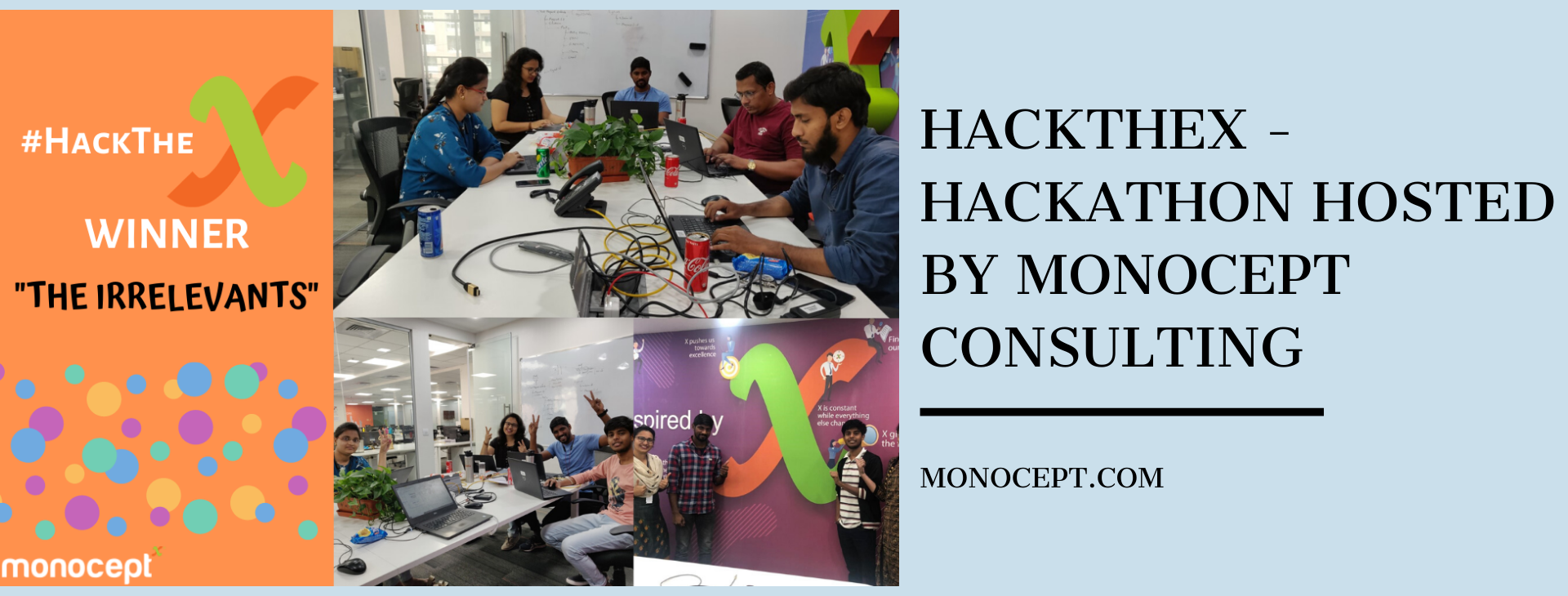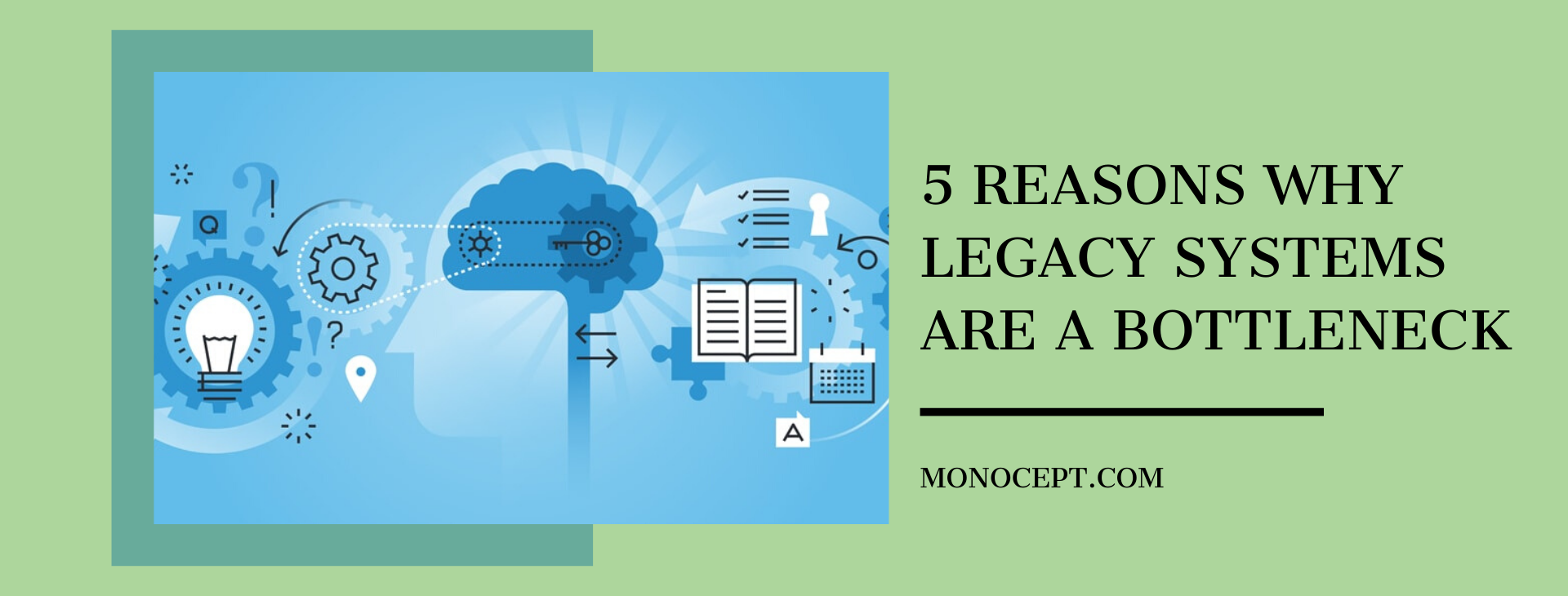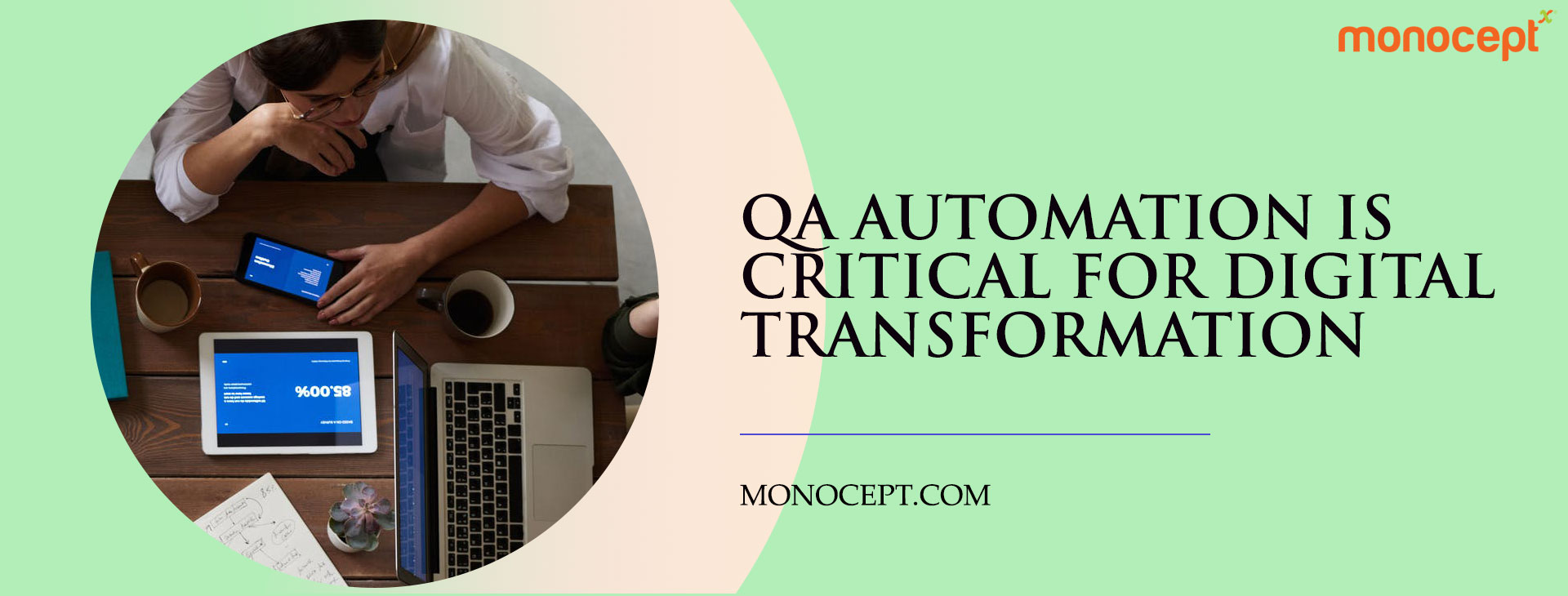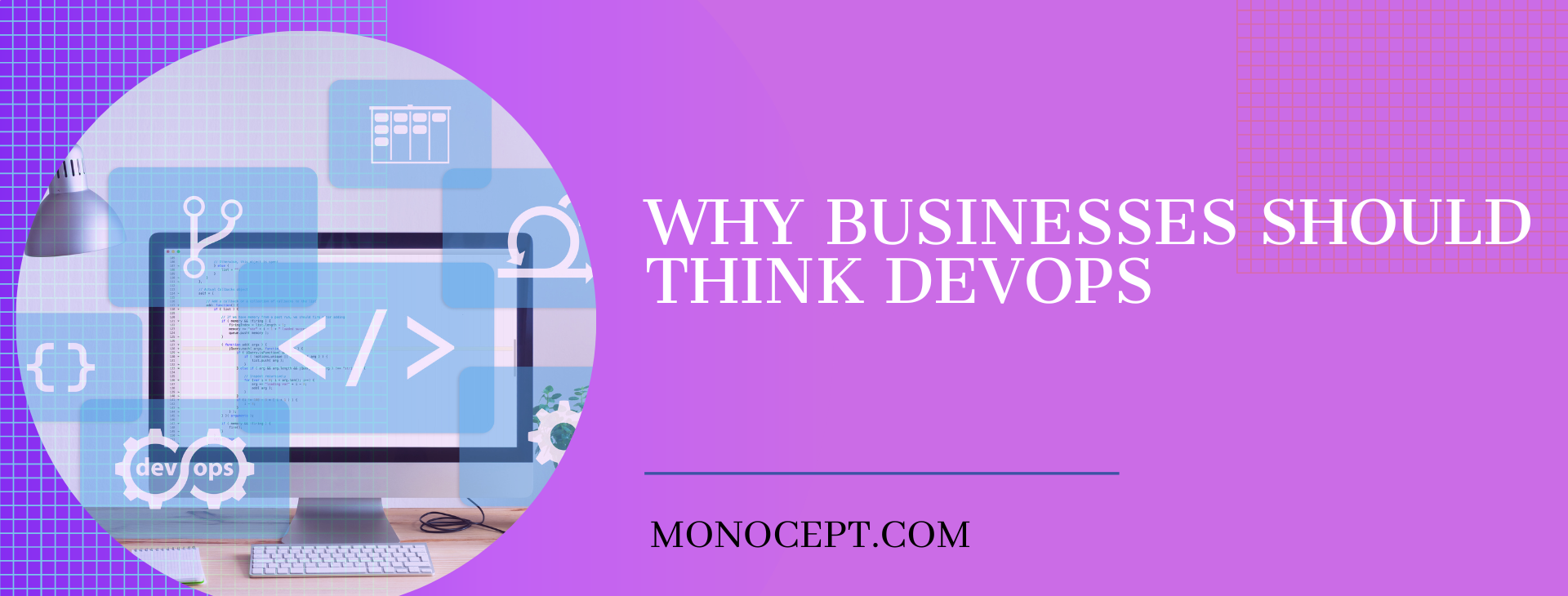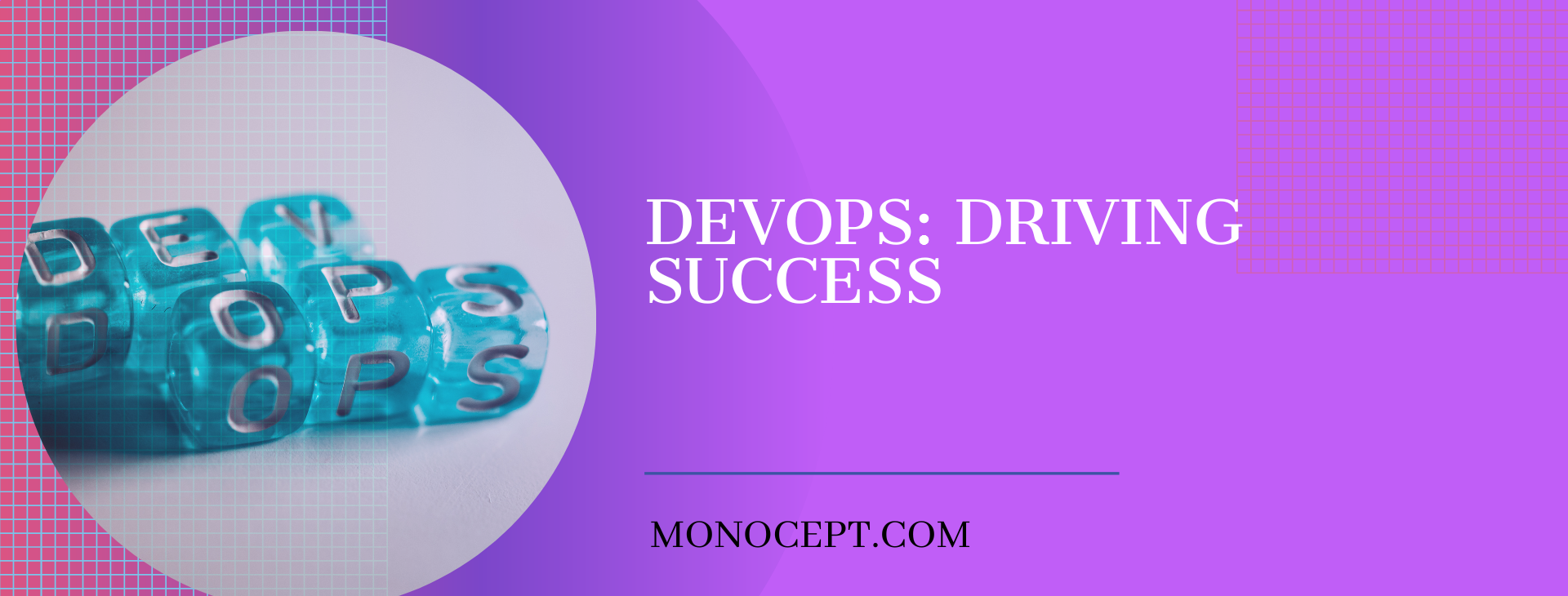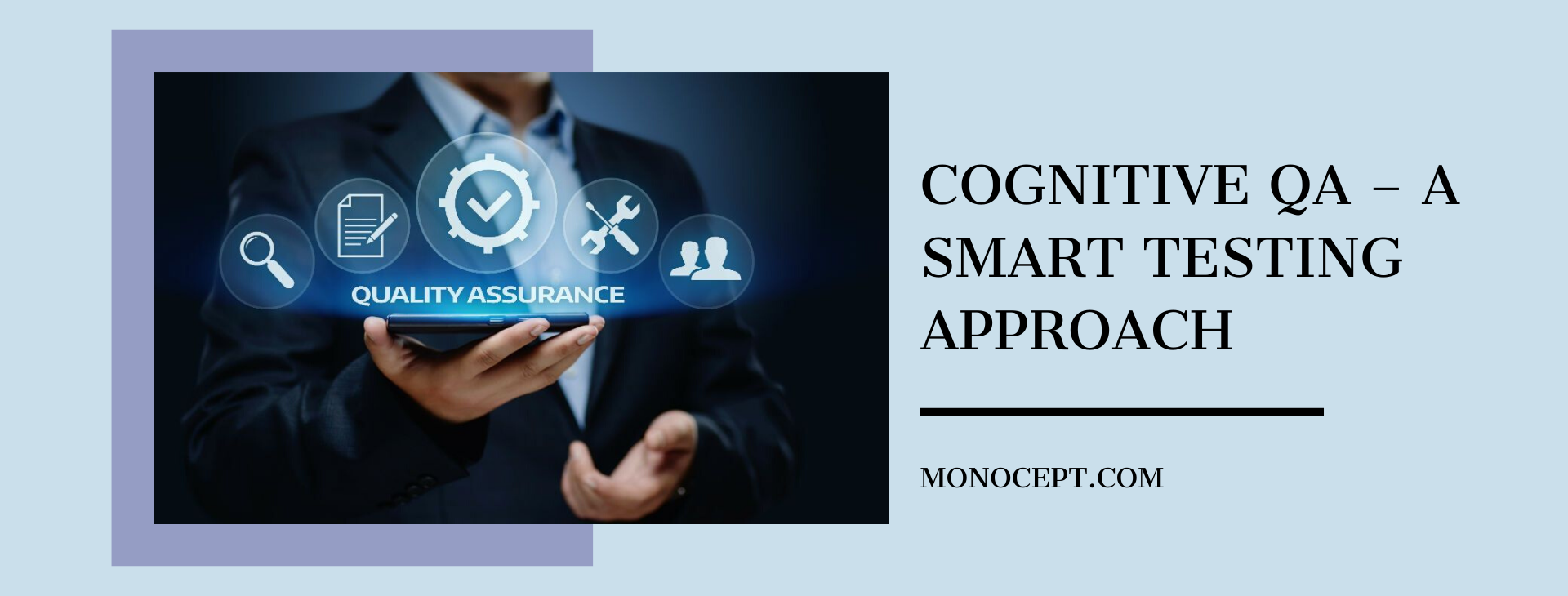Components Required To Build Your Own OTT Platform
The fact that the broadcasting ecosystem is undergoing a massive shift. We’ve known for a while that the Internet will surpass TV as the audience’s preferred medium for entertainment, but no one expected the pace of this transition to be this accelerated. According to research by Zenith, in 2019, globally, people spent more time online than they did watching TV — almost 3 hours a day. This change can largely be attributed to the digital disruption caused due to low-priced smartphones and data plans. The Internet is increasingly becoming the preferred medium for consumption of all kinds of media — watching movies, getting the news, listening to music, etc.
OTT or over-the-top platforms are the future of video content, delivering content straight to consumers online, bypassing the need for cable, broadcast and satellite TV. In this blog, we will tackle the kew components required by a business to build a high-quality, functioning OTT video platform.
Storage
The number one expectation of viewers from OTT video platforms is interruption-free streaming and a rich library of content, with original videos being added every week. This requires a complex data management system. The challenge for OTT platforms is twofold: one, to ensure that the vast quantity of data is stored in a secure location, while also ensuring that it is easily accessible and immediately deliverable. Cloud storage makes it possible for OTT platforms to both store and deliver data instantly across geographies and time zones. Moreover, cloud makes it possible for OTT platforms to cater to multiple people using the same account in different locations, accessing the same or different data.
Streaming
An OTT Platform can have the best video content, but it is of no value unless it is streamed to consumers when they want it. Content streaming on OTT video platforms is largely divided into two branches — video on demand (VoD) and live streaming. Both have an important part to play.
According to a report by Vimeo, audiences around the world are increasingly being drawn to the internet by the allure of live video content. In fact, 81 percent of internet and mobile subscribers watched more live video in 2016 than 2015. And 45 percent of live video audiences would pay for live, exclusive, on-demand video from their favourite teams, speakers, and performers. It is clear then, that live video content needs to be an integral part of the OTT platform’s content strategy.
All the content on an OTT video platform is essentially on demand. But since these platforms enable individual viewership from the comfort of one’s own home and at a convenient time, it is important for platforms to invest in customised regional video content in order to drive revenues. Globally, OTT platforms are now focussing on user experience as seriously as they were on content and distribution.
Video Delivery
Once the OTT platform has the content and the storage mechanism figured out, it must focus on video delivery. A content delivery network (CDN) is the most common solution to tackle the challenge of instant delivery around the world. A CDN is a matrix of servers laid out in such a way that content is efficiently delivered to requesting consumers in any location and at any time.
OTT platforms can build their own CDN or buy the services of a provider with servers around the world, depending on their short and long-term growth forecasts. Both have their benefits. Building one’s own CDN ensures control over delivery and growth without compromising on video quality during playback, but it is an expensive IT proposition. Contracting a CDN provider with secure servers around the world reduces the risk of transmission delays and congestions, and are cheaper, but are not wholly controlled by the platform.
What’s your Challenge? Let’s work together to solve it.








